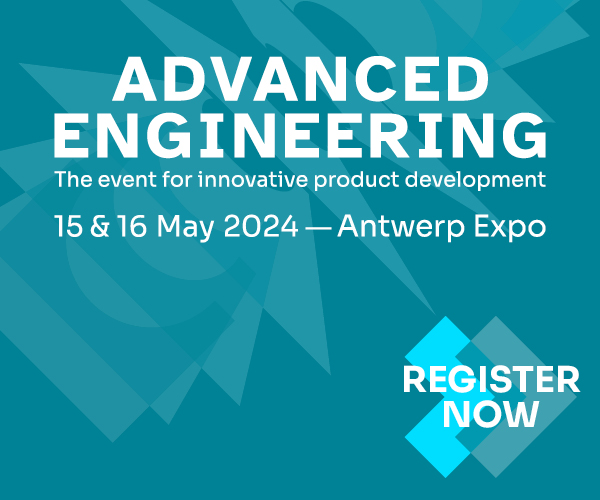ENGINEERINGNET.EU -- A European consortium, consisting of DNV KEMA, Fraunhofer ISE, EMD International, RAH and RFVV, has begun an EU funded project to develop modeling and simulation tools for optimally integrating electrical vehicles into electricity networks.
The number of electric vehicles (EVs) in Europe is rapidly rising, but there is serious concern over the existing electricity infrastructure’s capacity to accommodate the associated dramatic growth in electricity demand.
As charging spots and stations connect to the existing grid, the new NEMO project has been set-up to support European grid operators and service providers in assessing the impact of EVs on the power grid, and to evaluate possible solutions such as grid extension or load management.
The consortium will develop the new NEMO simulation and optimization tool suite based on the existing complementary simulation tools PLATOS, SimTOOL and energyPRO, which were each developed by the respective NEMO core partners DNV KEMA, Fraunhofer ISE and EMD.
“Our three tools will be further extended and integrated into one single tool suite to assess the impact of a large volume of EVs on both the electricity network and energy markets in its entirety”, explains Dr Martijn Huibers, NEMO project coordinator.
The interoperable simulation models within the framework will be applied and validated by three case studies in order to assess the key issues.
The first use case will demonstrate the use of NEMO tools for power grid planning in terms of matching distributed generation and charging of EVs. This involves the assessment of energy flows and capacity utilization of all grid components, for various combinations of load generation in certain grid segments.
The second use case will concentrate on applying the tool suite to fast charging scenarios and a number of adequate technical solutions. To select the grid infrastructure optimally according to technical and economic criteria will be a main focus of the investigation.
Finally, investigations will focus on the development of approaches to help power grid operators solve problems linked to ‘abnormal’ charging situations. For example, dealing with peak demand at events where a large number of might recharge their EVs simultaneously









